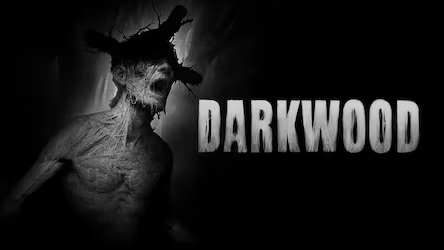
Darkwood throws players into an isolated, unforgiving forest somewhere in the Soviet Bloc territory in 1987 where survival depends on fear of the unknown. By day you explore dangerous woods, scavenge for supplies, craft useful items, trade, and upgrade your hideout. Once night falls you must stay inside a safe house, setting up barricades, traps, and defending against creatures that hunt in the shadows. The game is about suspense, atmosphere, and the dread that comes from what you cannot predict.
Developed and published by Acid Wizard Studio for PC’s Linux, macOS, and Windows, Darkwood exited Early Access in August 2017. Later it was ported to PlayStation 4, Xbox One, and Nintendo Switch in May 2019 by publisher Crunching Koalas. Additional versions for Stadia arrived in September 2021, and native versions for PlayStation 5 and Xbox Series X|S followed in late 2022. The game combines roguelike elements, survival mechanics, and horror without relying on jump scares. It builds tension through darkness, exploration, and player vulnerability.









Gameplay
Gameplay unfolds from a top-down perspective with a semi-open world during the day where players scavenge, craft, trade, and explore. At night players are confined to their hideout where they must fortify it and survive attacks. There is a skill system and crafting bench, and ingredients from mutated flora and fauna provide perks and bonuses but often with drawbacks. Decisions made, such as whom to trust or how to allocate resources, help shape the world and affect story branches. The balance between vulnerability and agency is central, forcing players to think carefully about each foray outside and each night spent defending.
Visuals & Style
Darkwood uses an art style that blends grim realism with surreal horror. The forest, hideout interiors, and abandoned structures are all rendered with unsettling detail, shadows heavy, lighting unreliable. Environments often feel oppressively dark, audio plays a major role in creating tension, with faint sounds, creaks, whispers, and distant movements keeping players on edge. The top-down viewpoint enhances both the feeling of exposure and the dread of not knowing what’s behind you.
Importance in Survival Horror History
Darkwood stands as one of the more unique entries in modern survival horror because it rejects common tropes like jump scares, high action, or fixed narratives. It shows that horror can thrive through ambiguity, atmosphere, and letting the player’s fear fill in what isn’t shown. By combining survival mechanics, crafting, base management, and psychological horror, it influenced indie horror development and inspired other games to embrace dread over spectacle.
Reception vs Historical Value
On release Darkwood was praised for its originality, atmosphere, and how it creates dread through mechanics and sound design rather than cheap scares. Critics noted occasional difficulty spikes and some rough edges in the console ports but agreed the core experience is strong. Over the years it has gained cult status among horror fans, seen as one of the best indie survival horror games of its era and a proof that smaller teams can make deeply affecting horror experiences.
Availability & Collectibility
Darkwood is available digitally on Steam, GOG, PlayStation Store, Nintendo eShop, Microsoft Store and via other platform stores depending on system. Physical editions are rare and typically localized or limited, which makes them more collectible among fans. Because digital versions are widespread and often discounted, many players have access to it, but collectors often seek early or special editions for their rarity.
Get it On:
GOG: Darkwood – Artbook on GOG.com
Steam: Save 75% on Darkwood on Steam
Nintendo: Darkwood for Nintendo Switch – Nintendo Official Site
PSN: Darkwood
Xbox: Buy Darkwood | Xbox
Trailer:
